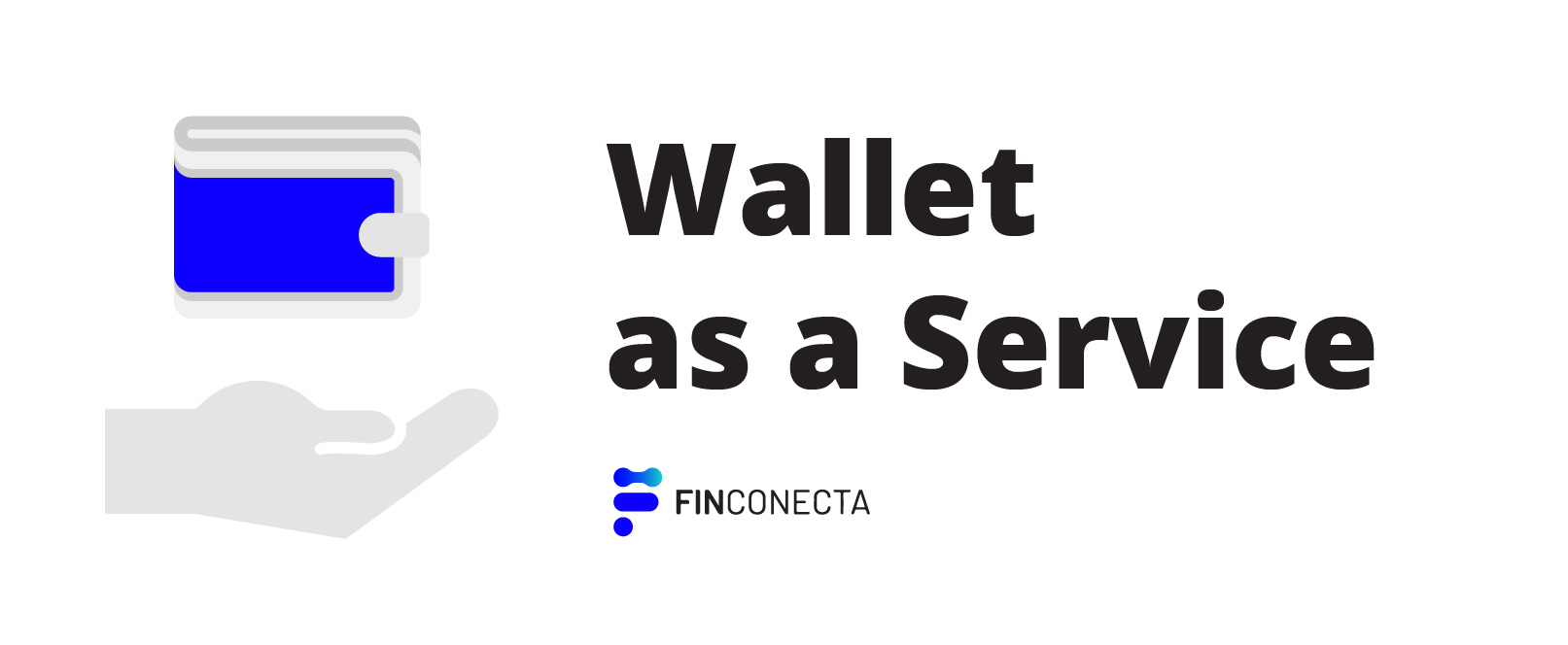
Wallet as a Service, one of FinConecta’s Digital Use Cases, based on its platform 4wrd
With the power of 4wrd, companies looking to cross over to the financial sphere are now able to offer their own white label wallet, featuring curated and vetted financial technology solutions. This wallet enables collaboration between financial and non financial institutions, as well as third party providers, leveraging data aggregation.
Companies looking to cross over to the financial sphere are now able to offer their own white label wallet, featuring curated and vetted financial technology solutions.
What are the benefits of WaaS for Financial Institutions?
Achieve alternative revenue sources and monetize APIS; take advantage of a cross-sell opportunity and have a data aggregation model.
What are the benefits of WaaS for Corporates?
Leverage current large client base, and drive loyalty, traffic and new revenue streams; achieve a faster time-to-market by partnering with financial institutions and leveraging their licensing agreement; strengthen brand equity and embed further in the life of the consumer, accessing different touch points along their journey and gain deeper understanding of customer preferences and behaviors to tap into new business opportunities.
What are the benefits for Third Party Providers?
Faster time-to-market -bypassing some big development hurdles; overcome regulatory complexities -by leveraging a bank’s licensing agreement.
What are the benefits of WaaS for end users?
Open and manage accounts without visiting a branch; check account balances and transactions; benefit from exclusive loyalty and reward programs; digital cards for secure online purchases; make P2P payments and send remittances; pay with mobile devices and manage finances through analytics; make money transfers to and from any bank in the country; savings functionalities and micro – investments.
What is Banking as a Service (BaaS), anyway?
The financial sector has increasingly moved to a transversal model, evolving from the customary vertical framework that lasted several centuries. Traditional banking models are disrupted -now more than ever, and at a faster pace-, and future-forward financial institutions need to become modular and platform-based to effectively integrate and collaborate with other players in the financial services ecosystem. This is of the utmost importance, due to the impending need of clients and clients-to-be to solve day-to-day matters that are heavily relying on financial services.
To face this challenge, future-forward financial institutions are doubling the bet, and moving to a more open way of working, by partnering with external providers and capitalize on new revenue streams while reaching new customer bases.
BaaS has emerged as an innovative and revenue-driving business model that banks can adopt in order to reach new customers and improve the end-to-end customer journey. BaaS is defined as an end-to-end process where third parties – FinTech, non-FinTech, developers, etc. – can access and execute financial services capabilities without having to develop them organically.
BaaS involves banks providing third parties with access to their core systems and functionality, so they can integrate digital banking and payment services into their own products.
From a bank’s perspective, it implies embracing a modular approach to business and technology, by allowing an ecosystem of FinTechs and software providers to connect to the bank through APIs. These third-party providers can offer products and services that drastically improve customers’ experience with the bank and the service provider. By partnering with FinTechs and third party solutions in general, banks provide access to licensing, regulatory support and other functionality that would traditionally be difficult to get access to and would usually involve time-consuming processes.
What are the benefits of BaaS for financial institutions?
There are certainly many, such as: new revenue streams- including recurring fees, setup charges or revenue sharing agreements; access to very large customer bases -at a low cost; improvement of customer experience -without building new products.
